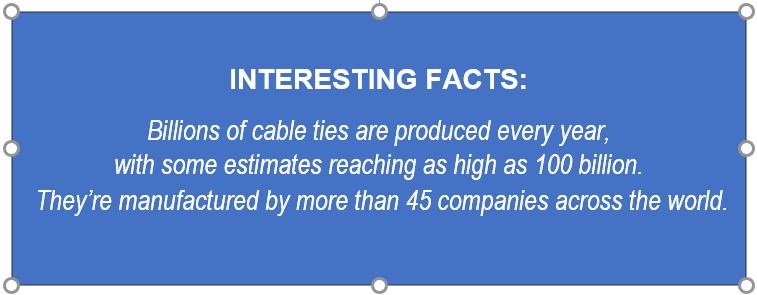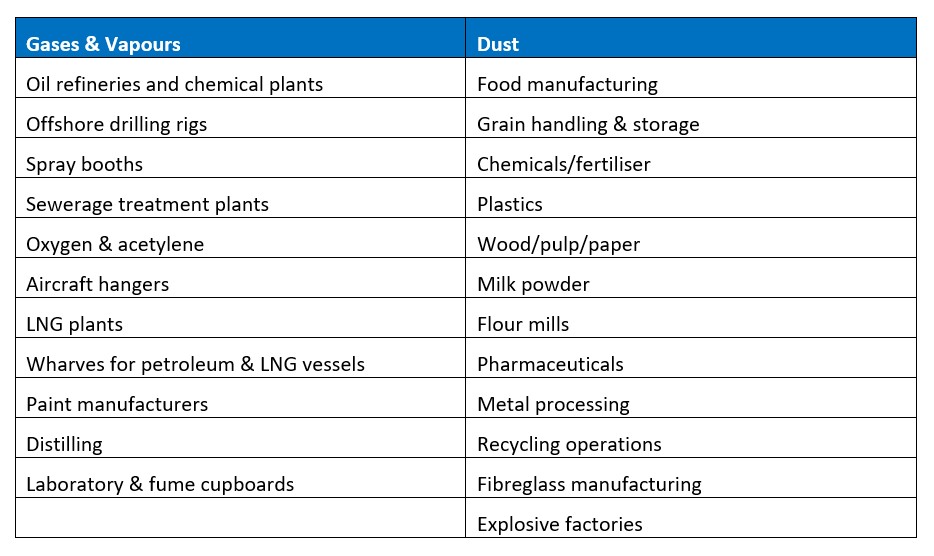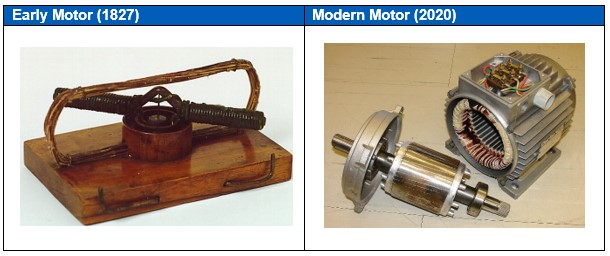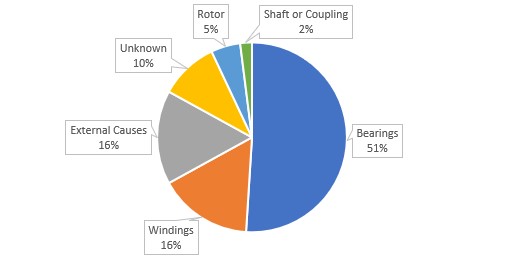Cable Ties – a simple but important piece of equipment
- Why is it that some electricians leave beautifully bundled wires at the end of the install and others a tangled mess of cables?
- What is the right way – Let those wires roam free or tie them down?
Bundling wires and cables together is done to:
- Increase safety. Tangled cables can create a hazard.
- Make troubleshooting more efficient. If cables are effectively managed, ( neat, safe and labelled) troubleshooting, upgrades and repairs are easier.
- Increase product life. Pulling and tugging can take its toll on wires that aren’t adequately supported with ties. Cable management keeps your cables as straight as possible only bending in the gentlest way preserving their life.
- Professional and tidy. We might be a bit odd, but we take pride in a job well done and great satisfaction from our properly maintained cables and wires.
Cable ties are the tool used to keep cables and wires in a safe, organised and functional format that makes them easy to manage.
What to consider when selecting cable ties:
There are a wealth of different cable ties available in wide range of strengths, maximum diameters, length and widths, temperature ranges and different materials.
The environment in which the cable ties will be used should have a big impact on the cable ties selected. For example, in food and beverage manufacturing a key concern is product contamination. Cable Ties used in this environment must be easily detectable in case they inadvertently contaminate a production batch. Standard cable ties are not easy to detect which is why metal detectable cable ties are used in high risk areas
Other properties of different types of cable ties which can make them more easily detectable include:
- cable ties with buoyancy for those used in applications near liquid processes,
- colour which can allow them to be easily picked up in a visual inspection.
Other factors that may affect the choice of cable ties used are the environment in which they are operating. For example, Polypropylene cable ties are chemical resistant while other cable ties are UV stablised making them more suited for outdoor use.

Wires and cables can require different cable ties based on their function too. Electrical wires work effectively when bundled together with cable ties, however data cables’ performance can be affected if cable ties are too tight,for this reason Velcro is often recommended for bundling data cables.
Cable ties are often thought of as an insignificant piece of equipment, low cost, unobtrusive; but as you can see choosing the correct one can have an impact on the quality of the job done in your plant.
You can trust the Electrical & Automation Solutions (EAS) team to have the knowledge and expertise to use the right equipment for the job – right down the smallest detail – ensuring a quality result for your plant or process.







